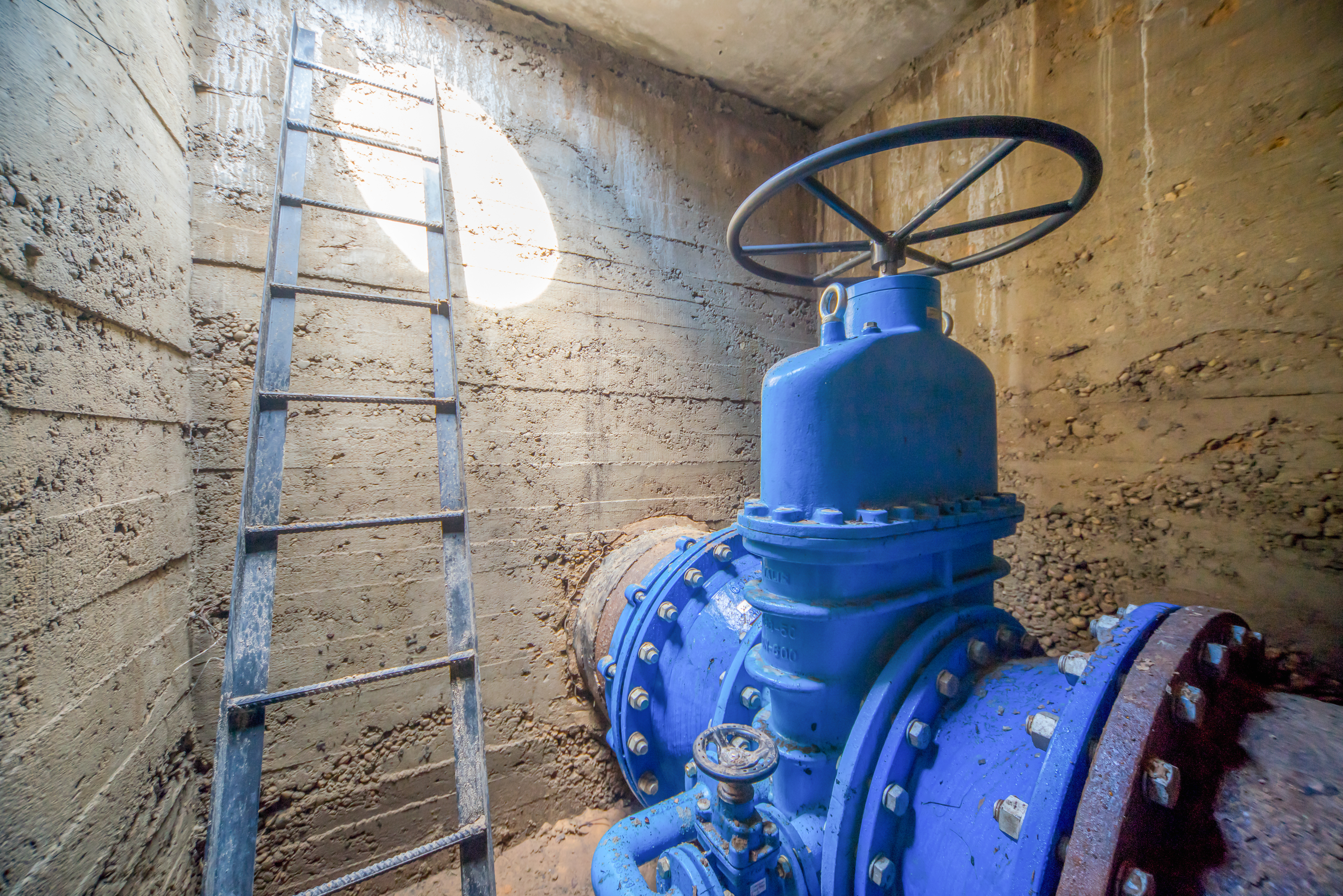Prefaisability engineering for the evaluation of dissolved solidsremoval technologies for wastewater from a Niobium mine (LA33)
ISSUE
A mine in northern Quebec operates a mining and refining process of rare metal ore. The final plant’s wastewater effluent (approximately 700 m3/h) is a mixture of various wastewater discharge from the plant processes containing a high content of dissolved solids. The final effluent parameters were reaching the environmental standards limit. However, the increase in production rate and dissolved solid load in the final effluent were imposing challenging issues to pass the rejection tests; and explicitly, the bioassay toxicity test on Daphnia Magna. The success of the rejection tests is a sine qua non to renew the Certificates of Operation Authorizations of the mine; and therefore, the plant business operation was at risk. The reduction of the dissolved solids concentration in the final effluent became necessary to comply with the environmental regulation; and thus, ensuring the plant's operational sustainability. STS Canada was commissioned to conduct environmental site investigation and engineering study to ensure the site compliance with the environmental regulation.
TECHNOLOGICAL CHALLENGE
One of the biggest challenges was the complex condition of the site as of the location and limited space to install a new equipment. The site geographical location provided an extreme logistic complexity to transport material and ease access for workforce in an isolated zone. The selection of a technological solution was another challenge to design a cost-effective treatment of an effluent treatment plant to reduce the dissolved solids concentration in a limited space. An effective effluent treatment plant was necessary to provide a complete compliance with Daphnia Magna toxicity test. Additionally, the weather fluctuation was a vital challenge due to the severity to adapt with the northern climate and the likelihood to cause a disruption supply; and thus, affecting to meet the schedule deadlines for commissioning the process.
RECOMMENDED SOLUTION
STS Canada started establishing with the client the list and maximum emission targets for the dissolved parameters responsible for the failure of the toxicity test. The next step was the analysis of the different discharge wastewater from the process to identify the most impact discharge flow (s) that needed treatment in terms of flow rate, volume and dissolved solid concentration. After the selection of the discharge flow (s) that required the treatment, the third step was the identification and evaluation of the technologies meeting the set parameters target within the project constraints. Finally, STS adopted a strategic management waste recovery in the proposed solution that can offer the customer several complete treatment chains.
RESULTS
Following the intervention of STS Canada, the dissolved salts species responsible for the failures of the Daphnia toxicity test and their maximum concentrations were identified. NaCl was then the main species among the salts involved. Based on this finding and the mine effluent analysis history, STS was able to identify a particular wastewater stream that the treatment would achieve the salts reduction targets previously established while treating only 11% of the flow of the final effluent. The identification and analysis of treatment technologies has therefore been achieved by targeting this specific wastewater stream. Once the analysis of treatment technologies was done, five (5) potential treatment were then proposed. Two (2) of these included simple extraction of salts from the effluent before disposing of them directly at the mine site while the other three (3) included recovery of the salts in various forms (Zero Liquid Discharge principle (ZLD)). All treatments proposed combined different technologies of concentration and treatment including in particular reverse osmosis, evaporation/crystallization, freeze concentrator/crystallization or the chlor-alkali process.

INDUSTRY
Mine and foundry
Wastewater treatment
TASK PERFORMED
Design engineering
Concept study phase
ESTIMATED COSTS
46000$ANNÉE
2018